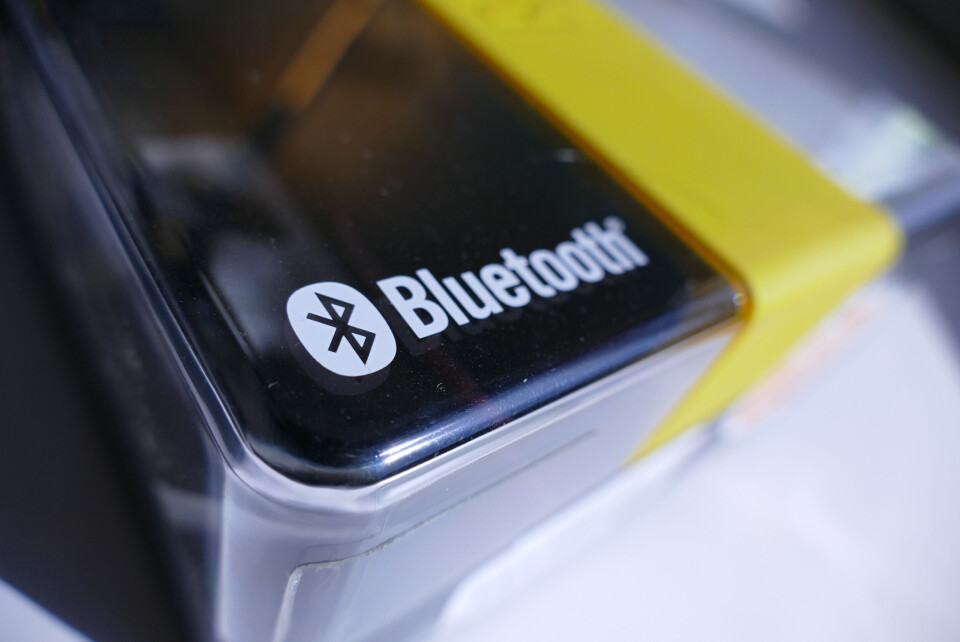
Bluetooth 5 is out: Now will home IoT take off?
IDG NEWS SERVICE: The latest version of the wireless protocol goes faster and farther.
Bluetooth is aiming straight for the internet of things as the fifth version of the wireless protocol arrives with twice as much speed for low-power applications.
Bluetooth Low Energy (BLE), which gains the most from the new Bluetooth 5 specification, can now go as fast as 2Mbps (bits per second) and typically can cover a whole house or a floor of a building, the Bluetooth Special Interest Group (SIG) said Wednesday. Those features could help to make it the go-to network for smart homes and some enterprise sites.
The home IoT field is pretty open right now because most people haven’t started buying things like connected thermostats and door locks, ABI Research analyst Avi Greengart said. Bluetooth starts out with an advantage over its competition because it’s built into most smartphones and tablets, he said. Alternatives like ZigBee and Z-Wave often aren’t.
“It’s easy to predict that within two to three years, pretty much every phone will have Bluetooth 5,” Greengart said. “Sometimes ubiquity is the most important part of a standard.”
As the new protocol rolls out to phones, users should be able to control Bluetooth 5-equipped devices without going through a hub.
Bluetooth is in a gradual transition between two flavors of the protocol. The “classic” type is what’s been linking cellphones to cars and mice to PCs for years. BLE, a variant that uses less power, can work in small, battery-powered devices that are designed to operate for a long time without human interaction.
BLE devices now outnumber classic Bluetooth products and most chips include both modes, said Steve Hegenderfer, director of developer programs at the Bluetooth SIG.
With Bluetooth 5, BLE matches the speed of the older system, and in time, manufacturers are likely to shift to the low-power version, he said.
Range has quadrupled in Bluetooth 5, so users shouldn’t have to worry about getting closer to their smart devices in order to control them. Also, things like home security systems – one of the most common starting points for smart-home systems -- will be able to talk to other Bluetooth 5 devices around the house, Parks Associates analyst Tom Kerber said.
Another enhancement in the new version will help enterprises use Bluetooth beacons for location. BLE has a mechanism for devices to broadcast information about what they are and what they can do so other gear can coordinate with them. Until now, those messages could only contain 31 bytes of information.
Now they can be eight times that size, making it easier to share information like the location and condition of enterprise assets, such as medical devices in hospitals. Google’s Physical Web concept, intended to let users easily interact with objects, is based on BLE beacons.
Bluetooth still needs to fill in a few pieces of the puzzle, ABI’s Greengart said.
The new, longer range is an improvement, but a mesh would be better, he said. In a mesh configuration, which is available in competing networks like ZigBee and Thread, each device only needs to connect with the one closest to it. That takes less power, and it's better than relying on each device’s range to cover a home, because walls and other obstacles can keep signals from reaching their full range, he said. The Bluetooth SIG is at work on a mesh capability now.
Consumers are also waiting for a high-fidelity audio connection to wireless headphones, a need that’s getting more urgent as phone makers phase out physical jacks, Greengart said. As with mesh, it’s coming from Bluetooth but not here yet.
Although Bluetooth 5 makes strides that could help drive IoT adoption, the field is still open, he said. “There’s room for almost any solution to succeed, including Wi-Fi.”






















